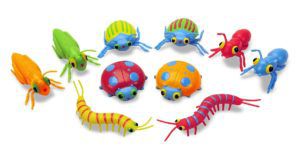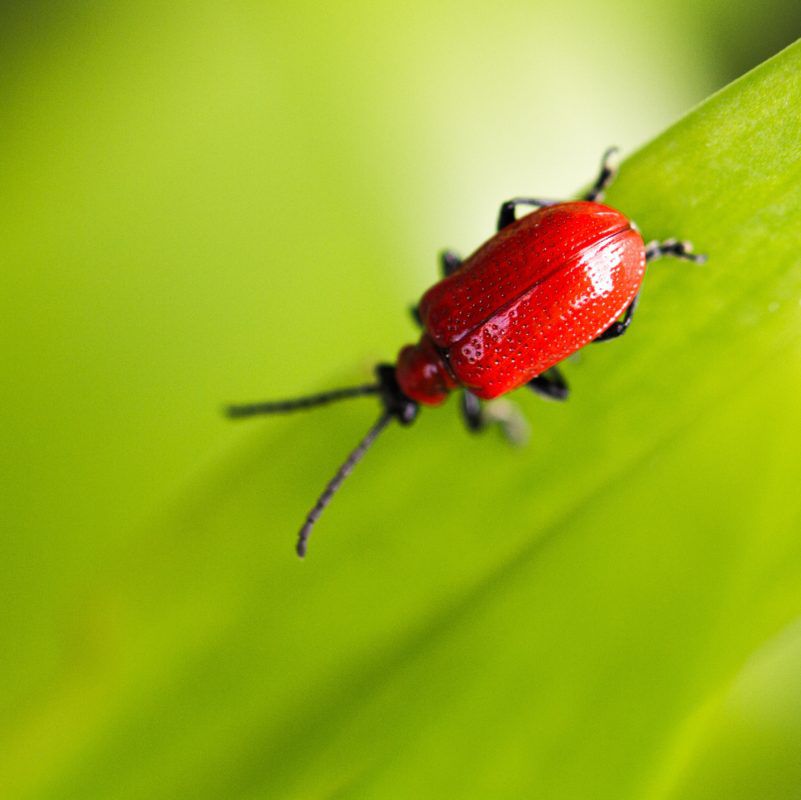Welcome to Grandpa Goff’s Bug Club!
If you have found this page, you are now an honorary member of the Bug Club! Here, we share some fun bug-themed ideas for 2- and 3-year-old toddlers with an emphasis on play. When kids this age play, the learning takes care of itself, so while learning numbers and colors and letters is important, it isn’t the focus of Bug Club. The focus of Grandpa Goff’s Bug Club is to create experiences that you can have together with your toddler. Don’t worry. Plenty of learning will still be happening.
The world is full of all kinds of interesting bugs. Some fly, some crawl, and some hop. You are going to be amazed at how many bugs there are in your neighborhood that you have never paid attention to before!
Start by downloading the Month #1 Newsletter. (Click the image below). Then, keep reading for more ideas.
Bug Club Newsletter #1 – Bugs, Bugs, Bugs
You can assemble your own Bug Club tools, but I’ve made some suggestions below. Each month, our granddaughters receive a Bug Box in the mail, and here’s what was included in the first one:
BUG BOX 1: Bug-hunting Equipment:






6. A book about bugs
Step 1: Catch Some Bugs
You’ll need to start by catching some bugs together. If you’re not fond of the real thing, you can substitute with some “fake” bugs. Toddlers probably won’t care much either way, and since the goal of this activity is simply to have an experience together, even pretend bugs will do. Here are a couple of plastic bug collections that might be appropriate for a toddler (age 2-4):


Step 2: Bug Hide and Seek
As you introduce the concept of hunting for bugs, a simple game of hide and seek might be fun. Simply hide your “fake” bugs around the room and allow your child to hunt for them, catching them in a bug net that you purchase or create as a DIY project. See the month 1 newsletter for some additional ideas for games you can play with bugs.
Step 3: Hunt for Live Bugs
If you are ready, hunting for live bugs is the logical next step, and it’s a game that is just as interesting for the adult as it is for the child. If your toddler is disinterested or scared, just use this opportunity to explore outside and let the child direct you to things that are interesting to him. Rocks, leaves and sticks make a great “habitat” for bugs so you can add them to your bug enclosure if your toddler finds them more interesting.
Obviously, a little caution is wise, since bites and stings are going to quickly eliminate much of the fun of bugs for a child. The first time we tried to use a bug net together, my 3-year-old granddaughter and I took a short walk in the woods. She wasn’t skilled enough to net any of the fast-moving creatures we were after, but she was thrilled to go on a hike with me, and luckily, I was successful catching a couple of flying bugs in her bug net and transferring them to her bug cage so that she could look at them more carefully.
CHILD DEVELOPMENT HINT: When the activity is no longer fun for the child, it’s time to stop. Remember that a youngster often has an attention span that is only minutes long. A normal attention span is 3-5 minutes per year of the child’s age. So, a 2-year-old should be able to concentrate for about 6 minutes and a five-year-old for up to 15 minutes. If your activity is too long, your child will lose interest.
Bug-catching Techniques for the Amateur
If you are an amateur with a bug net, this video may help you understand some of the “technique” involved with catching live bugs and releasing them unharmed:
There are at least 3 ways you can use a bug net for catching bugs:
- Sneak up from behind and try to trap a bug under the net, hoping your reflexes are better than the bug’s (since they usually are not, this method may be frustrating).
- Sweep the net in a figure-8 along the ground or through low brush, and look into the bottom of the net to see what you’ve managed to capture.
- Shake a branch of a tree or bush with the net below the branch and use the net to catch whatever drops down out of the bush.
By twisting the bottom of the net after your bug falls inside, you can prevent escape while you transfer the bug to a bug house or clear jar where it can be safely observed until it’s time to release it back into the wild.
Don’t miss next month’s newsletter and activity, Snail Safari!



